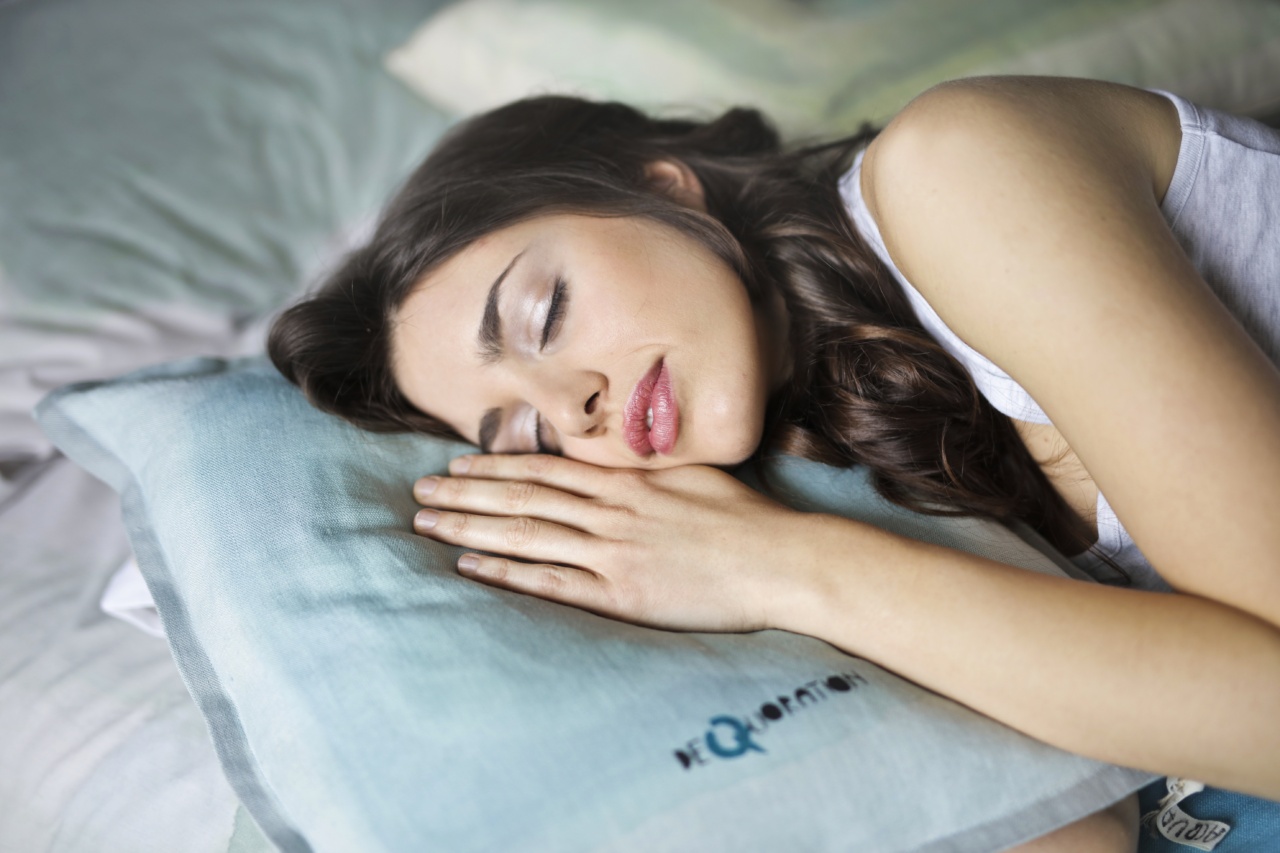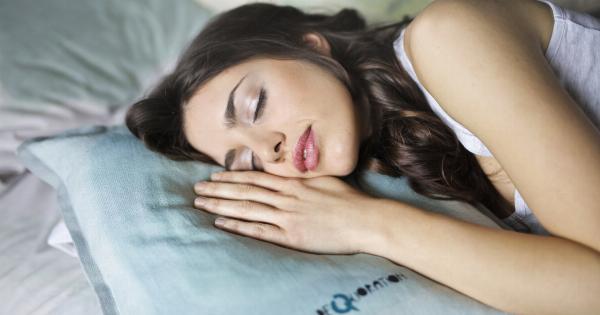Sleep apnea is a common sleep disorder in which a person experiences a pause in breathing or shallow breathing during sleep. This pause can last from a few seconds to several minutes.
At times, it can occur repeatedly in an hour, disturbing sleep patterns and leading to daytime fatigue. If left untreated, sleep apnea can cause serious health issues such as high blood pressure, heart disease, and stroke.
Although sleep apnea can be diagnosed by a medical professional, there are also at-home testing methods available for individuals to test themselves. In this article, we will discuss the different ways of testing for sleep apnea at home in detail.
What is Sleep Apnea?
Sleep apnea is a sleep disorder that affects approximately 22 million Americans, according to the American Sleep Apnea Association.
Sleep apnea occurs when an individual’s breathing is disrupted or paused during sleep, resulting in the individual waking up multiple times during the night. The two most common types of sleep apnea are obstructive sleep apnea and central sleep apnea. Obstructive sleep apnea occurs when the throat muscles relax, blocking the airway and causing snoring.
In the case of central sleep apnea, the brain fails to send signals to the muscles that control breathing. This can be a result of medical problems such as heart failure or stroke.
Testing for Sleep Apnea at Home
If you are experiencing symptoms of sleep apnea, such as daytime fatigue or loud snoring during sleep, it is important to seek medical advice. However, there are also at-home testing methods available for individuals to test themselves for sleep apnea.
These methods include:.
1. Home Sleep Test (HST)
The most common home sleep test is the Home Sleep Test (HST).
A home sleep test consists of a small device worn on the forehead that measures and records several physical indicators such as heart rate, breathing rate, body movement, and oxygen levels while an individual sleeps. These devices can either be rented or bought, and they are relatively affordable. The recorded data is then sent to a sleep specialist who will analyze the data and provide a diagnosis.
The benefit of this test is that it is a simple and inexpensive way to diagnose sleep apnea without the need for an overnight hospital stay. In addition, it allows for more comfortable and accurate data collection as it is performed in the patient’s own home.
2. Portable Monitoring Devices
Another option for testing for sleep apnea at home is portable monitoring devices. Portable monitoring devices work similarly to Home Sleep Tests but they are less comprehensive and often less reliable.
They only monitor certain physical indicators such as heart rate, oxygen levels, and body movement. Although these devices are less accurate, they are still a valid option for individuals who may not have access to a Home Sleep Test. They are also affordable and more accessible than Home Sleep Tests.
3. Sleep Diary
A sleep diary is a self-reported log of an individual’s sleep data such as how long they slept for, when they went to bed and woke up, and any sleep disturbances experienced during the night.
This information can provide valuable insight into a person’s sleep patterns and can help identify symptoms of sleep apnea. Although a sleep diary is not a conclusive method of testing for sleep apnea, it can be a good way to keep track of any changes in sleep patterns and help an individual to identify any sleep disorders they may be experiencing.
4. Pulse Oximetry
Pulse oximetry is a non-invasive method of monitoring oxygen saturation levels in the blood during sleep. The device used for pulse oximetry is a small clip that is placed on the index finger.
The clip emits light that passes through the finger to measure oxygen levels in the blood. This device can be useful in detecting sleep apnea as it can detect instances of desaturation or dips in oxygen levels that may occur during sleep.
5. Smartphone Applications
Several smartphone applications are available for individuals to monitor their sleep patterns.
These applications use the phone’s accelerometer to track movement during sleep, and they can provide valuable data regarding sleep duration, snoring, and sleep disturbances. Although not conclusive, these apps can be useful in identifying changes in sleep patterns and potential sleep disorders.
Conclusion
Sleep apnea is a serious sleep disorder that can have significant effects on an individual’s quality of life. If you are experiencing symptoms of sleep apnea, it is important to seek medical advice.
However, there are also several at-home testing methods available for individuals to test themselves for sleep apnea. These methods include Home Sleep Tests, portable monitoring devices, sleep diaries, pulse oximetry, and smartphone applications.
Each of these methods has its own advantages and disadvantages, and individuals should consider their circumstances when selecting a testing method.






























